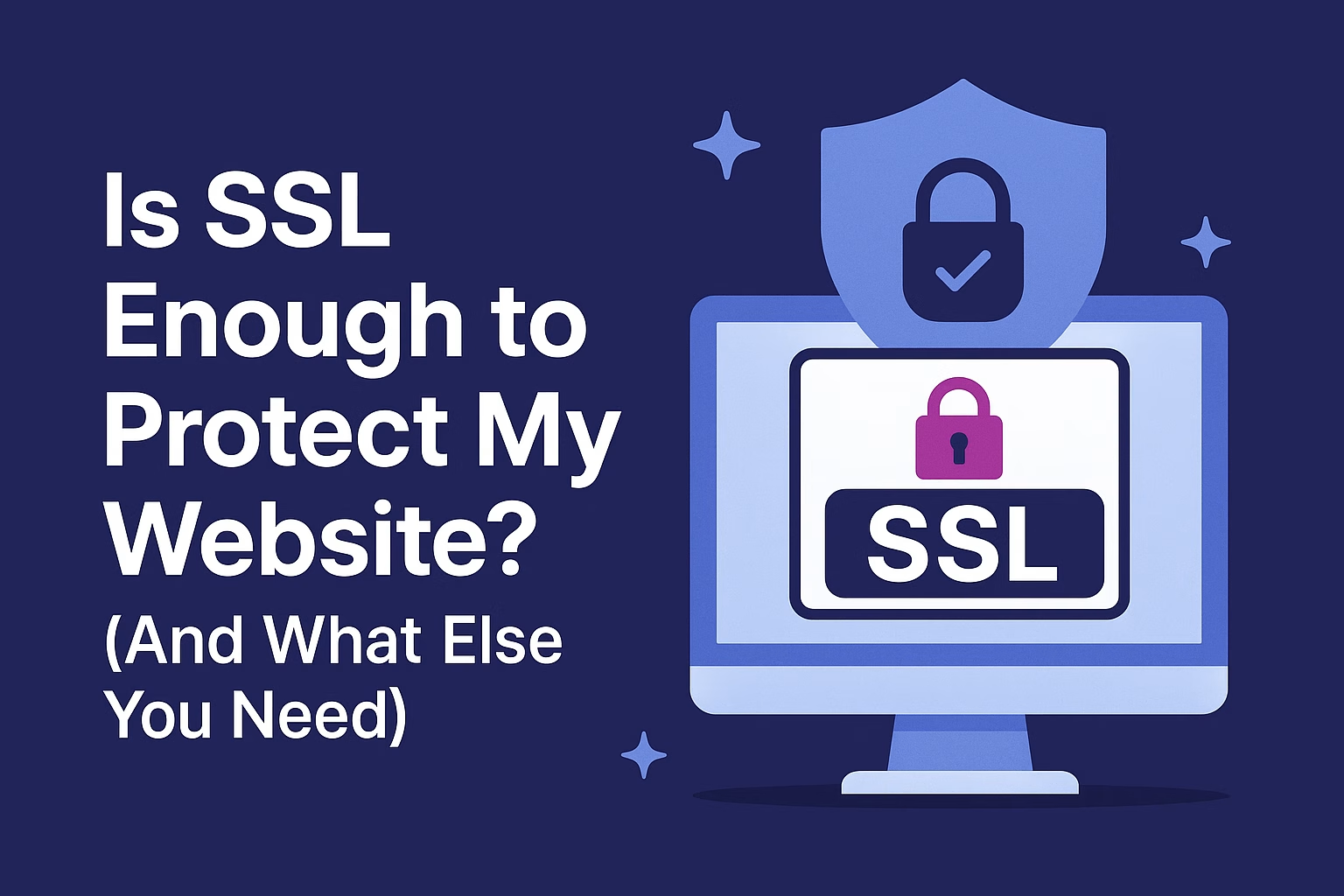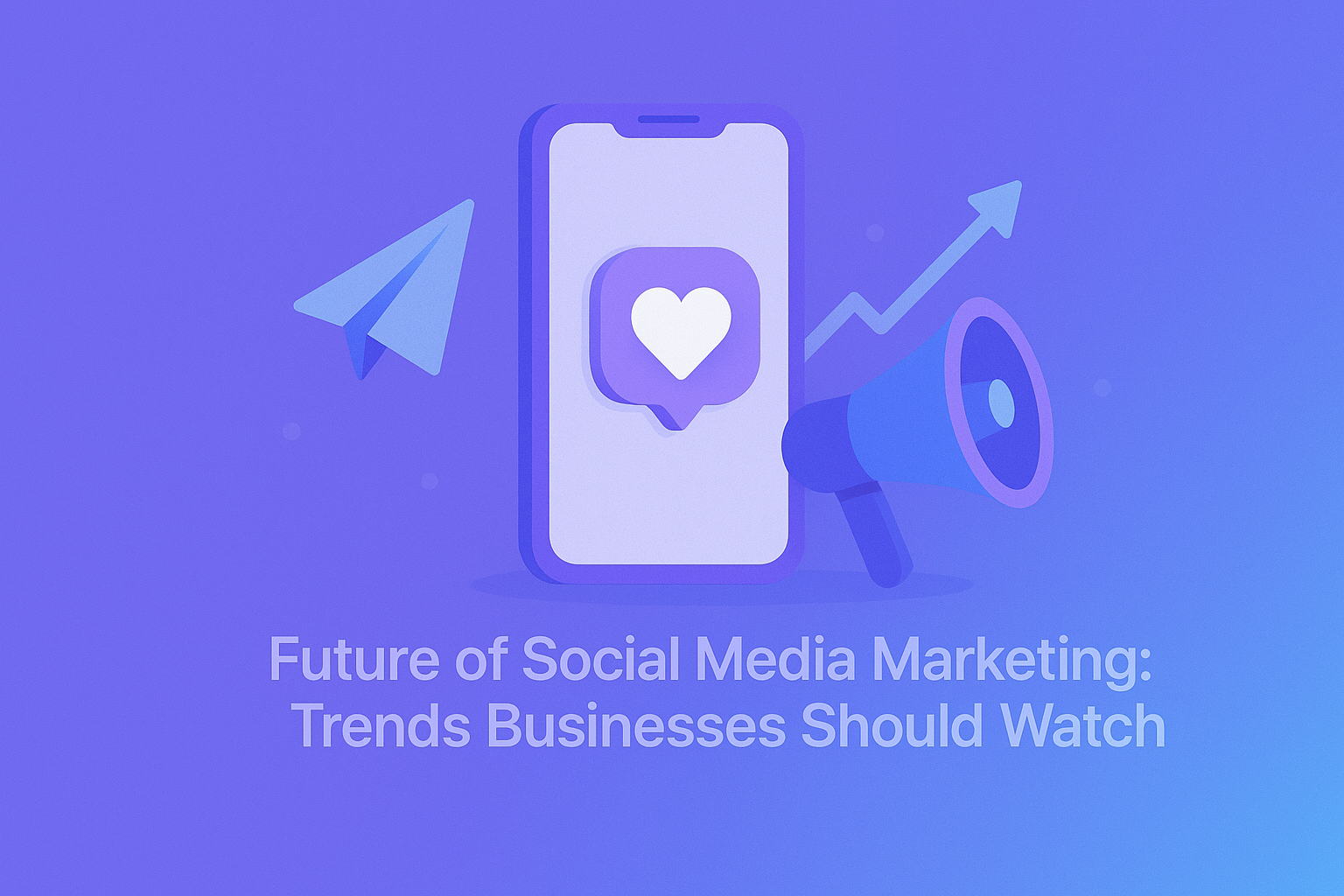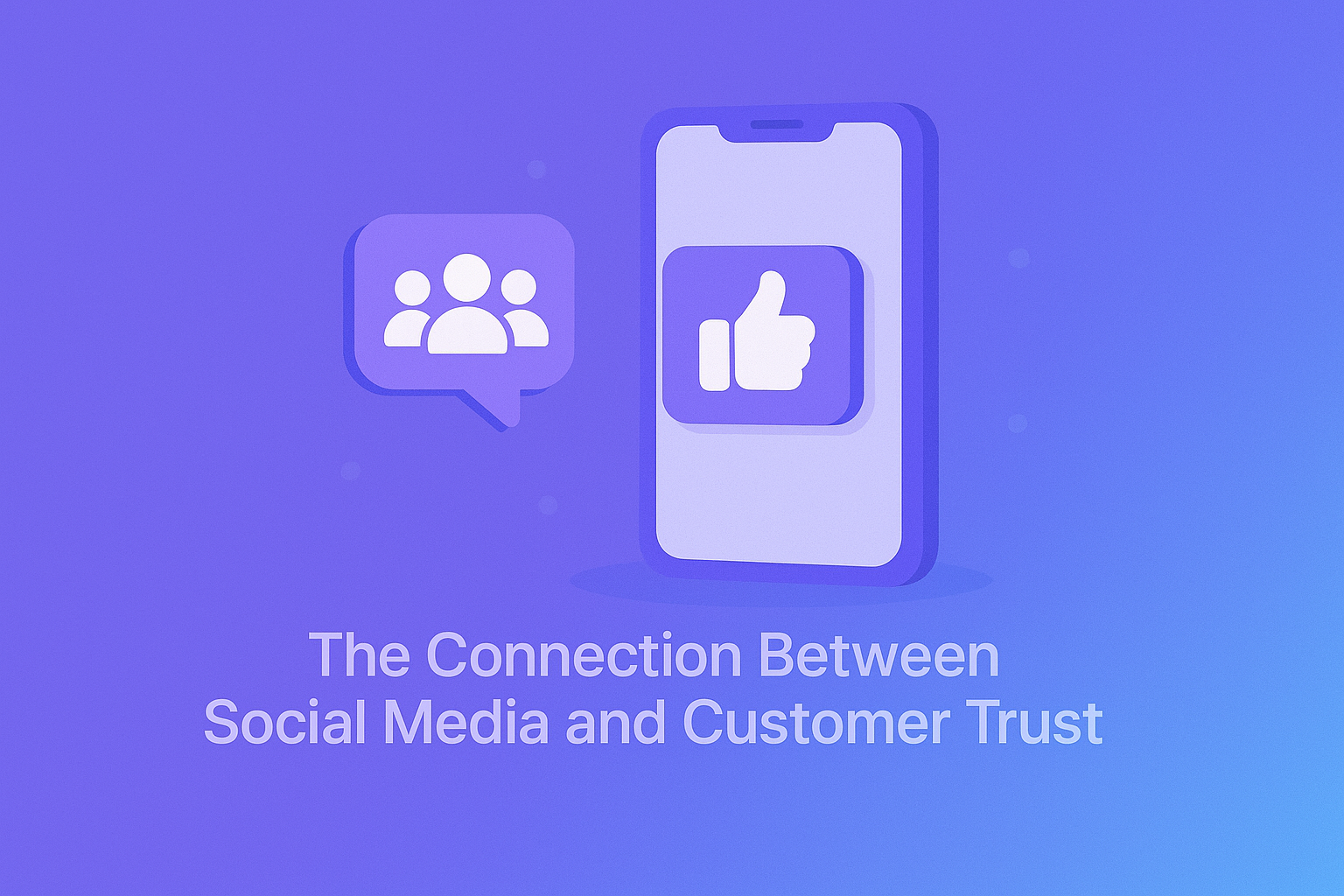Having an SSL certificate (that little padlock 🔒) is a great first step toward a secure website.
But here’s the truth:
SSL alone is not enough to fully protect your website.
While SSL encrypts data between your visitors and your server, it doesn’t protect your site from malware, hackers, spam, or data loss.
In this article, we’ll explain what SSL does—and what additional security layers you actually need to keep your site truly safe.
🔐 What SSL Does (and Doesn’t Do)
SSL protects:
-
Data sent through forms
-
Login credentials
-
Credit card details during checkout
-
Visitor privacy
SSL does not protect:
-
Your website files or CMS (like WordPress)
-
Admin panel from brute-force attacks
-
Vulnerable plugins or themes
-
Malware infections or defacement
-
Spam bots or code injections
-
Server-level exploits
💡 SSL encrypts the “road,” but it doesn’t lock the “house.”
🛡️ What Else You Need Beyond SSL
1. Web Application Firewall (WAF)
A WAF protects your website from:
-
Brute-force login attempts
-
SQL injections
-
Cross-site scripting (XSS)
-
Malicious bots
✅ At PLiKhost, Imunify360 acts as a smart WAF—blocking threats before they reach your site.
2. Malware Scanning & Auto-Cleanup
Even with SSL, attackers can upload:
-
Backdoors
-
Malware scripts
-
Spammy redirect code
Imunify360 automatically:
-
Scans your files regularly
-
Detects suspicious behavior
-
Quarantines or cleans infected files
🧼 Security isn’t just about blocking—it’s about healing too.
3. Daily and Remote Backups
If your site gets hacked or breaks, the fastest recovery method is a clean backup.
PLiKhost includes:
-
Local SSD backups (daily)
-
Remote offsite backups for disaster recovery
-
Easy restore points from your control panel
💾 Backups are your safety net. SSL can’t help if your files are gone.
4. Account Isolation (CloudLinux OS)
If you’re on Shared Hosting, other users on the server shouldn’t affect your site.
PLiKhost uses CloudLinux OS, which:
-
Isolates each account in a secure environment
-
Prevents “noisy neighbor” issues
-
Limits resource abuse and cross-account risks
🧱 Think of it like your own apartment inside a secure building.
5. Strong CMS & Plugin Hygiene
Most website hacks happen because of:
-
Outdated WordPress versions
-
Vulnerable plugins or themes
-
Weak admin passwords
✅ Always:
-
Keep everything updated
-
Remove unused themes/plugins
-
Use strong, unique passwords
-
Enable two-factor authentication where possible
🔄 SSL can’t fix a hacked WordPress dashboard. Prevention is key.
✅ Final Checklist: Secure Website Stack
| Security Layer | SSL Alone | With PLiKhost Hosting |
|---|---|---|
| Data encryption | ✅ | ✅ |
| Malware detection | ❌ | ✅ (Imunify360) |
| WAF protection | ❌ | ✅ (Imunify360) |
| Account isolation | ❌ | ✅ (CloudLinux OS) |
| Daily & remote backups | ❌ | ✅ (Local + offsite) |
| Plugin/theme auto-updates | ❌ | 🔄 Depends on CMS/tools |
| Free SSL | ✅ | ✅ (Let’s Encrypt) |
🟢 Final Thoughts
SSL is an essential piece of website security—but it’s not the whole picture.
At PLiKhost, we give you more than a padlock icon. You get:
-
Powerful server-level protection
-
Automated malware defense
-
Reliable backup systems
-
Account isolation on shared servers
-
And yes, SSL—free and automatic
Want peace of mind for your site?
Host with PLiKhost and get real protection—not just encryption.






